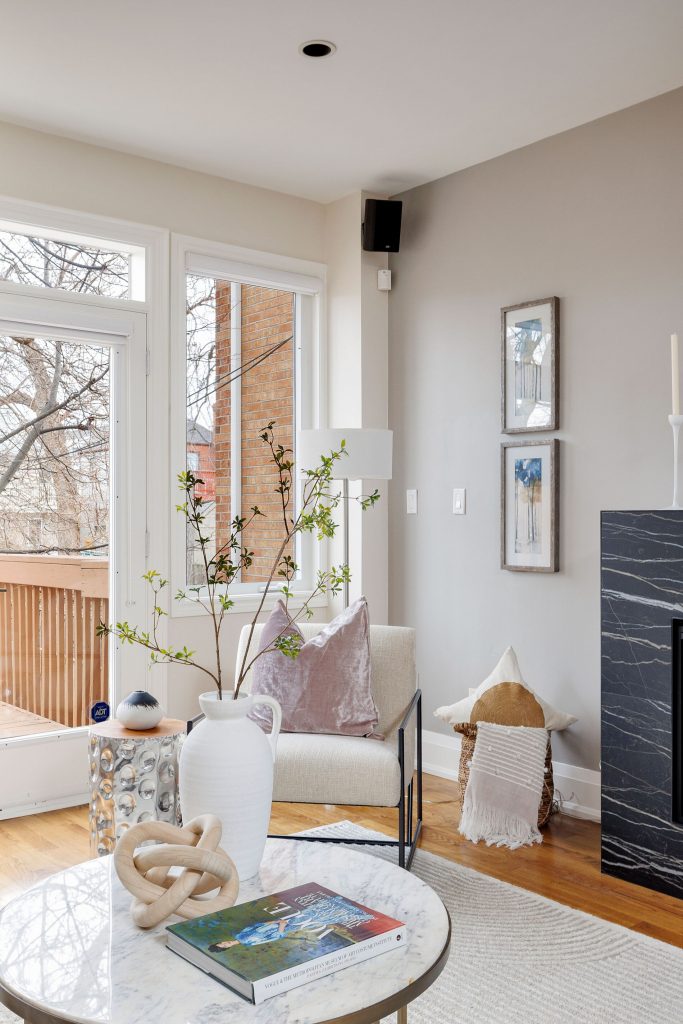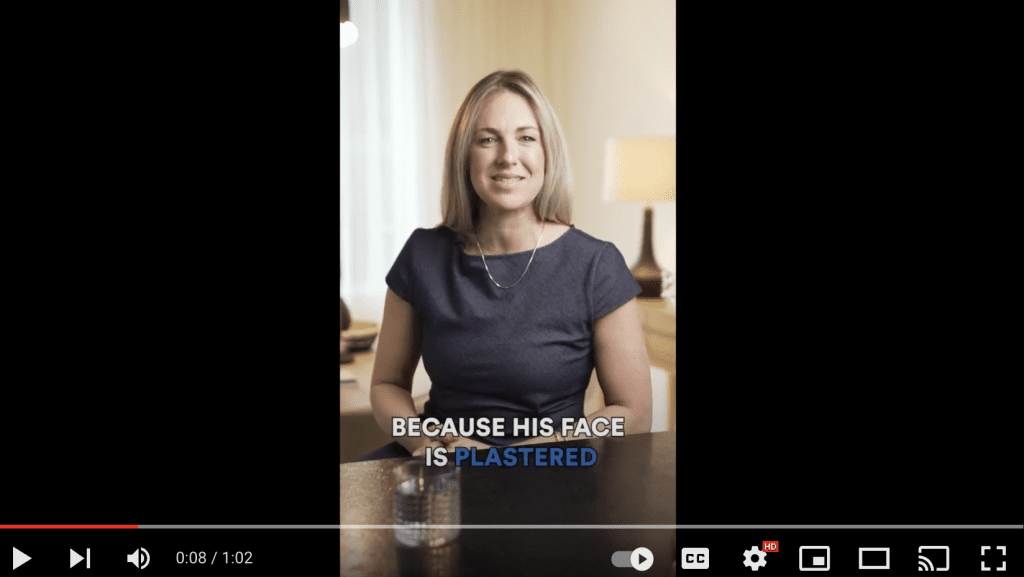Toronto has been experiencing rain like it’s never have before. From the August 2018 downpour, to some of the torrential rainfall we’ve experienced this year alone, flooding on city streets, basements and our beloved island are starting to become all too common.
If you’re on the hunt for a new home in the city, considering the chances of flooding in your space is becoming increasing more important — especially as many weather specialists predict these torrential rainfalls aren’t going nowhere quick, thanks to climate change. Based on current trends, by 2050 the average temperature in Ontario will increase two degrees which will result in more frequent rainfall. Weather specialists predict that we’ll start seeing as much as 166 millimetres of rain in a single day, which is comparable to the historical GTA storm, Hurricane Hazel from 1954.
The truth is, as the intensity and occurrence of rainfall continues to increase, rain will eventually exceed the city’s current stormwater infrastructure, which will ultimately increase chances of flooding in your home. Just how bad is a basement flooding and what can you do to protect yourself? Let’s find out!
“It’s Just Water”
While a little water may seem harmless, here’s the dirty truth. A lot of Toronto’s stormwater infrastructure is combined with sewers which later travels to water treatment plants. During rainy weather, these flows of water are designed to lead into city lakes, rivers and streams.
Just like we’ve seen the last couple months, once these bodies of water overflow they go onto sidewalks, flood roads and eventually, leak into people’s basements. This water is far from clean and destroys absolutely everything in its path.
Outdated infrastructure is a big problem, and something the city is looking to improve thanks to their 10-year capital plan that looks to allocate $3.1 billion for stormwater management. But in the meantime, there are a number of things you can do to protect yourself, including avoiding high-risk flood areas in the city, especially if you’re looking to buy a new home.
High-Risk Toronto Neighbourhoods For Flooding
If you’re on the hunt for a new home, the next question on your mind is — which neighbourhoods should I avoid for flooding?
The best rule of thumb is to try to avoid areas in the city close to bodies of water, including Lake Ontario and other local rivers and streams. As soon as they overflow after a significant downpour, it’s easy for city streets and nearby homes to get flooded.
But these aren’t the only areas to avoid. Buying in older neighbourhoods is also a big risk as stormwater infrastructure in these areas are typically outdated, which means sewers can easily overwhelm themselves. This was the case for Toronto’s Downsview area in 2013, which experienced three floodings that year because of outdated sewer systems. To try and avoid this, buy in more newly developed areas where water systems are typically more updated and more likely to handle the pressure of heavy rainfalls.
Besides that, it’s hard to say which areas are the best or worst for flooding, as many municipalities across the province and country have not updated their floodplain maps. Why? The funding used to monitor these water systems have stopped in many places, so apart from some intense research and guidance from a real estate agent, homebuyers have to use good judgement when purchasing a home. Neighbourhoods future home buyers should avoid include Rockcliffe-Smythe, Bedford Park and areas around Lake Ontario which all have a notorious track record for flooding.
How Homeowners Can Protect Themselves
When it comes to protecting your home from a basement flooding, the onus comes down to the homeowner. Because of the intense weather changes and our outdated stormwater systems, the risk of flooding can happen in every Toronto neighbourhood, which means every homeowner needs to protect themselves as much as possible. No matter where you live in Toronto, it’s best to automatically assume your property is always at risk. Repairing a flooded basement can cost you a pretty penny — over $40,000 to be exact — which is why you’ll definitely want to take the extra precautions.
Here’s what you can do:
- Take advantage of the city’s subsidy program. With basement floodings being a potential risk for any homeowner, the city offers a subsidy of up to $3,400 per property to install flood protection devices
- Remove debris from storm strains around your home on a regular basis
- Seal all your basement windows and install window seals
- Properly landscape your yard. Make sure it’s all levelled so water doesn’t sneak into your home
- Look into insurance options. Not all insurance plans are made equally so you want to double check to see if you’re covered or not. Keep in mind that because basement floodings are becoming an increasingly bigger problem, many insurance providers no longer cover this
- Inspect and repair any cracks in your foundation to prevent rainwater from seeping into your basement
- Put valuable items into waterproof containers or store them in other levels of your home
If you’re looking to buy, make sure you do your due diligence and research Toronto neighbourhoods as best as possible to see which areas have a history of flooding. Consult with your real estate agent and always ask sellers if a potential home has flooded before. This is important as sellers are not obligated to reveal that information upfront, unless they’re asked. If you’re still not convinced, don’t be afraid to talk to neighbors, they’re more likely to give you honest feedback on a prospective property.
Then once you’ve made your purchase, be sure to take the extra steps to prep your basement before a storm hits so you can decrease your chances of flooding as best as possible. Always better to be safe than sorry. Good luck!



